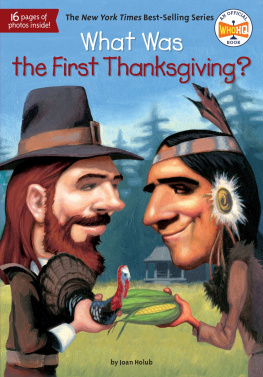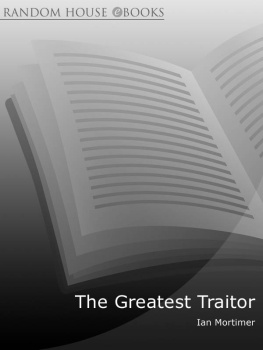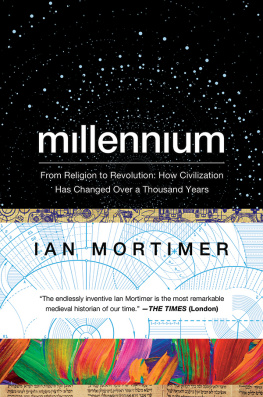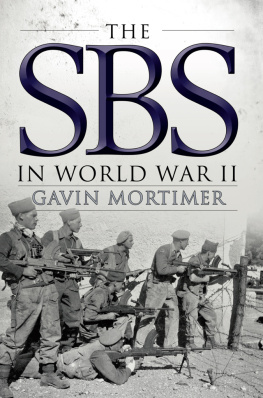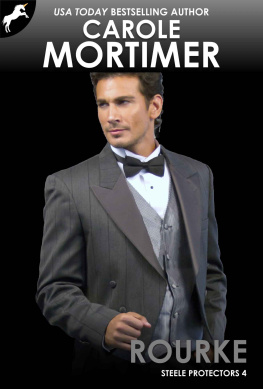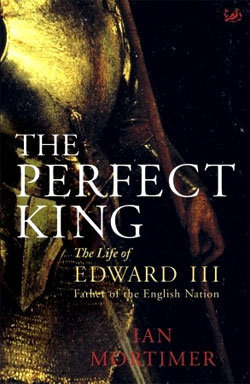The 25th Hour
The Adventures of Mackenzie Mortimer, Book One
by Keith B. Darrell
The 25th Hour
The Adventures of Mackenzie Mortimer, Book One
By Keith B. Darrell
Amber Book Company LLC
www.AmberBookCompany.com
U.S.A.
Address inquiries regarding foreign rights, translation rights, audio rights, film rights, television rights, or merchandising licensing to: info@AmberBookCompany.com.
Copyright 2015 Keith B. Darrell. No portion of this e-book may be reproduced or transmitted in any form or by any means, by any process or technique except for a reviewer who may quote brief passages in a review to be printed in a magazine, newspaper, or on the World Wide Web without the express written consent of the publisher. All rights reserved. All lefts too.
If you'd like to share this e-book with someone, please buy an additional copy for that person. If youre reading this e-book and did not pay for it, then please purchase your own copy. Thank you for respecting the author's hard work.
All persons, places, and organizations in this e-book except those clearly in the public domain are fictitious, and any resemblance that may seem to exist to actual persons, places, or organizations, living, dead, or defunct is purely coincidental.
Print Edition ISBN 978-1-935971-14-6
E-Book Edition July 2015
The paperback edition of this book is printed on acid-free paper. Your fingers are safe. E-book edition emits deadly radiation; you're screwed.
Kayla Martinez, intrepid proofreader, spent her last hour rooting out any errors in the tale you are about to read; therefore, if you find any, its her darn fault, not the authors.
Special thanks to my characters, without whom I could not have written this book, and to my readers, who inspire me.
Now quit wasting time and read the book!
Preface:
The Not So Secret Origin of Mackenzie Mortimers Pocket Watch
O ne night, I was discussing the craft of writing with two good friends: one, a science fiction writer and the other, a Young Adult author. They challenged me to step into their shoes and write a story in one of their genres, but I upped the ante by declaring I would combine the two genres, and not merely in a short story, but as a science fiction Young Adult novel. The lesson, of course, is not to accept wild dares at 2 a.m. Nonetheless, I came up with the following proposal:
Mackenzie Mortimer is a typical junior high geek. Hes shy, awkward, a bit clumsy, late with his homework and always late for class. Theres never enough time to do everything he needs to do; after all, there are only 24 hours in a day. But when Mac finds his grandfathers pocket watch buried deep inside a trunk, he discovers his days have an extra hour. According to the eccentric inventors journal, the pocket watch can add up to 60 minutes to a single day by freezing time around whomever holds the watch and presses its button. When a crisis looms, time is running out... but fortunately, Mackenzie Mortimer has a few more minutes than anyone else.
An alliterative protagonist named More timer with an iconic timepiece that actually controls the flow of time. What could be more original than that? It turns out, the idea was older than me! As with most science fiction concepts, H. G. Wells laid the groundwork. In 1895, Wells wrote The Time Machine , establishing the concept of a man inventing a machine that allows him to travel through time. Six years later, in 1901, Wells wrote a short story titled The New Accelerator, in which his protagonist invents an elixir that speeds up the drinker's physiological and cognitive processes to the degree the external world seems frozen and only the fastest moving objects can be perceived by the imbiber to be in motion.
That same year, The Wizard of Oz author L. Frank Baum wrote a short story, The Capture of Father Time, published in American Fairy Tales , in which a boy freezes time by capturing Father Time and pulls various pranks while his victims are frozen. The superhero The Flash first appeared in Flash Comics #1 (January 1940), and was later revived in Showcase #4 (September 1956). Both versions featured a character whose body vibrates at super speed, making those around him appear motionless. The comic book series was adapted for television both in 1990 and again in 2015 as The Flash TV series.
The renowned science fiction author Arthur C. Clarke wrote the short story All the Time in the World in 1951, involving a womans attempt to rob New Yorks Metropolitan Museum using a wristwatch that accelerates time for the wearer, rendering her movements undetectable by anyone outside a five-foot radius. The following year, his short story was adapted for the science fiction anthology television show, Tales of Tomorrow .
Back in the comic books, in Strange Adventures #50 (November 1954), a man uses a wristwatch that stops time to commit crimes. The following year, in Roger Lee Vernons short story The Stop Watch, the protagonist uses a stopwatch to commit crimes and single-handedly win the Third World War. Returning to the comic books, in Forbidden Worlds #81 (August 1959), perpetually late Amos Dalrymple buys a gold pocket watch that freezes time around him.
The most famous version was probably John D. MacDonalds 1962 novel, The Girl, the Gold Watch & Everything , in which Kirby inherits a time-stopping pocket watch and the bad guys are after it. In 1980, it was adapted for television as a movie starring Robert Hays and Pam Dawber and a sequel, The Girl, the Gold Watch and Dynamite aired the following year.
Rod Serling wrote a Twilight Zone script based on a story by Michael D. Rosenthal that aired on October 18, 1963 under the title A Kind of a Stopwatch featuring a man given a stopwatch that halts time. Two years later, The Outer Limits broadcast an episode titled Premonition, in which an X-15 rocket-powered research aircraft pilot and his wife become trapped 10 seconds ahead of their time, resulting in everyone around them being frozen in time. In another classic science fiction TV show, Star Trek s 1968 episode Wink of an Eye (written by Gene L. Coon), Captain Kirk is kidnapped by aliens moving through time so fast theyre almost undetectable, and exposed to radiation that speeds up his metabolism so he can interact with them.
The revived Twilight Zone revisited the theme in the 1985 episode A Little Peace and Quiet written by James Crocker, in which a stressed-out housewife discovers a watch that gives her the ability to stop time. Even Donald Duck has used a time-freezing stopwatch, in Don Rosas story On Stolen Time in Donald Duck Adventures #24 (May 1992). More recently, in the 2002 film Clockstoppers , a student finds a watch that lets him stop time by granting the wearer super speed and he must elude the company behind the technology that wants its watch back.



